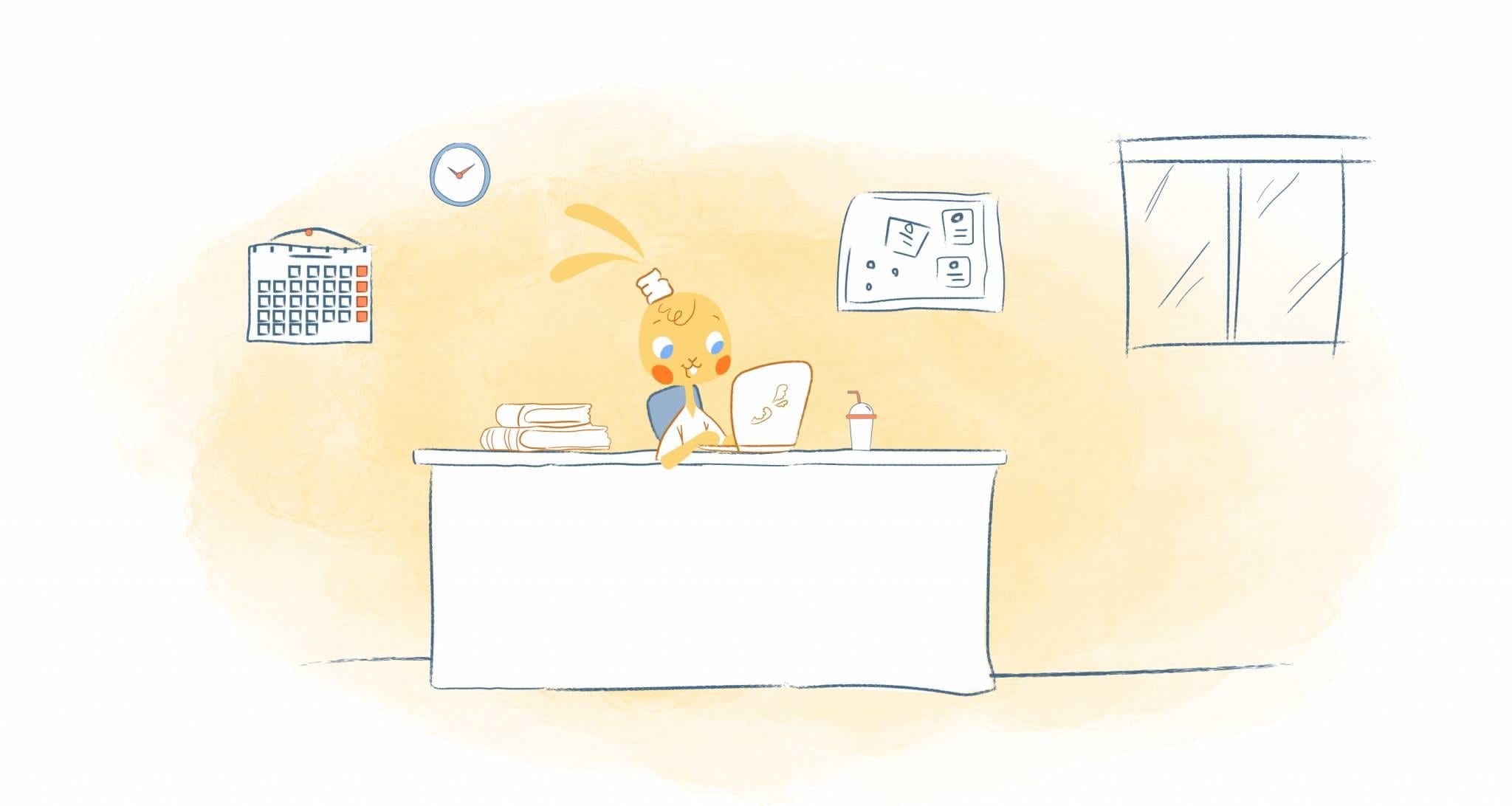

For obvious reasons, falling asleep on the job is frowned upon. But taking a quick nap is a different thing than falling asleep on the job. There are known productivity boost’s that often include a quick nap at work. Here is how to create a healthy napping culture.
Evidently, the U.S. government doesn’t think so: Public employees were recently banned from sleeping in federal buildings. But given with the admitted trend — that is sleep deprivation — some sleep experts have begun promoting workplace napping. Employees should be encouraged to continue their quest to gain better sleep habits at night, also.
According to the Sleep Foundation, taking naps during the day — even a short, 15-minute “power naps” — can restore alertness. Rejuvenated workers, the thinking goes, more than makeup for the lost time through boosted performance throughout the rest of the workday. There is continuing science that suggests the option of drinking a cup of coffee — or taking a caffeine pill, then lie down for a quick nap.
The key is promoting responsible napping. It doesn’t make sense to allow team members to nod off at their desks; it does, however, encourage workers to listen to their body’s rhythms. Here’s how to do it:
1. Modify your perception of naps.
Napping is a stigmatized activity. Many people consider it lazy or childish, as though the only time we needed naps was in kindergarten. Some feel the need to sneak in their naps in the car or bathroom.
A company culture that makes people feel ashamed of their bodily needs is not healthy. That insight has already led Google, Ben & Jerry’s, and Zappos to change their tune on naps.
The truth is, some people perform better on a nap-based schedule. Most people adhere to a monophasic sleep schedule, which usually means getting 7-9 hours of sleep per night. But others actually swear by biphasic or polyphasic schedules, which entail multiple sleep sessions throughout the day. Split sleeping schedules may have been the norm before the Industrial Revolution and the development of artificial lighting.
2. Consider alternative work schedules.
Alternative work schedules are in vogue right now. They give workers more control over their time, and they make full-time work possible for parents and people with part-time obligations.
There are many ways to configure an alternative work schedule to meet your company’s needs. But if your goal is to enable napping, try giving people a mid-day break. A two-hour lunch period gives workers time to eat and squeeze in some shuteye if they need it.
Napping is already common practice and known in many other countries. Siestas, popular in many Latin American and Spanish-speaking countries, are a prime example of this. They allow workers to avoid napping in confined spaces and sleep in the comfort of their homes.
3. Designate areas for napping.
If you have space and resources, it’s a good idea to designate a place at your office for napping. A napping spot could be as simple as placing a couch in a quiet area or rolling out sleep mats. You could even allow employees to nap in conference rooms when they are open.
Some companies that encourage naps are even investing in individualized sleeping compartments called EnergyPods. These spaces are made specifically for power naps and can be found at individual U.S. universities and tech companies.
Think, too, about the environment surrounding your pods or mats. Keep clutter to a minimum. Decorate with natural colors and live plants. Use sound dampening panels if space can get noisy.
4. Prevent sleep deprivation in the first place.
Sleep deprivation can cause all sorts of health problems. Poor sleepers are at risk for high blood pressure, a weakened immune system, depression, anxiety, and more can result. Not only do those conditions hurt productivity, but they can drive up employers’ healthcare costs.
Encourage work-life balance by setting an example for employees. Avoid contacting workers off the clock. If your company uses habit trackers as part of its wellness program, give small rewards to workers who consistently get eight or more hours of sleep per night.
Everyone needs sleep. Even if napping isn’t right for your business, be sure your team members are getting plenty of rest. Also, don’t forget your remote team.
5. Encourage breaks.
Even if you aren’t able to provide a nap room or implement a “siesta” schedule, you should be telling workers to take periodic breaks. People are more productive when they take breaks at least every few hours. Don’t dictate what workers do with those breaks: If they want to read a book or take a walk, great; if they’re going to sit back and shut their eyes, that should be welcome as well.
Breaks are no substitute for quality sleep, but they do offer a middle ground. Board members may not be okay with you setting aside nap time, but breaks should not be nearly such a tough sell if you have a place where employees can actually close their eyes for a minute.
Workplace napping may never be the norm. But productivity can’t be forced; it can only be nurtured with a flexible, restful environment. And that’s a lot easier to create than you might think.











Abby Miller
Student at UC Berkeley, currently working on a degree in Electrical Engineering/Computer Sciences and Business Administration. Experienced in CSX, productivity management, and chatbot implementation.